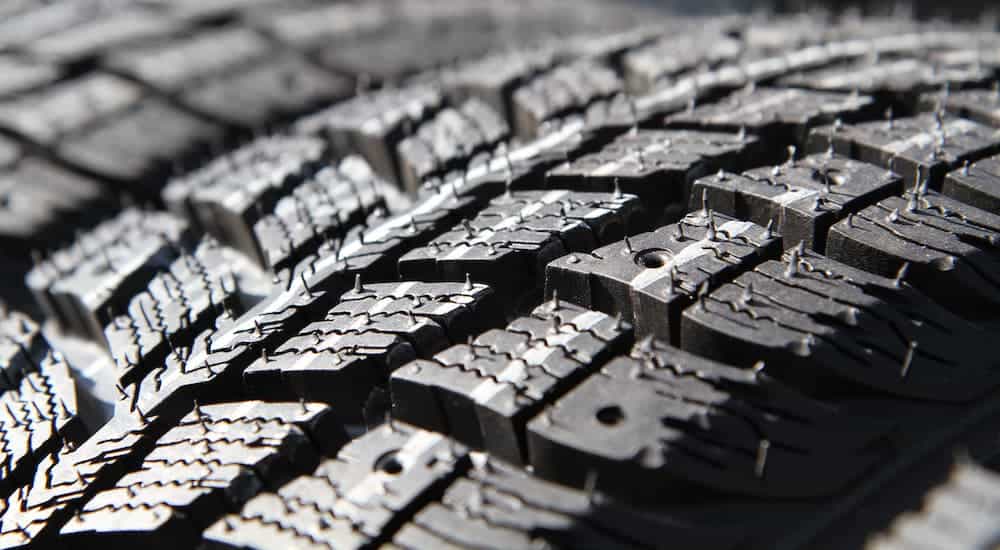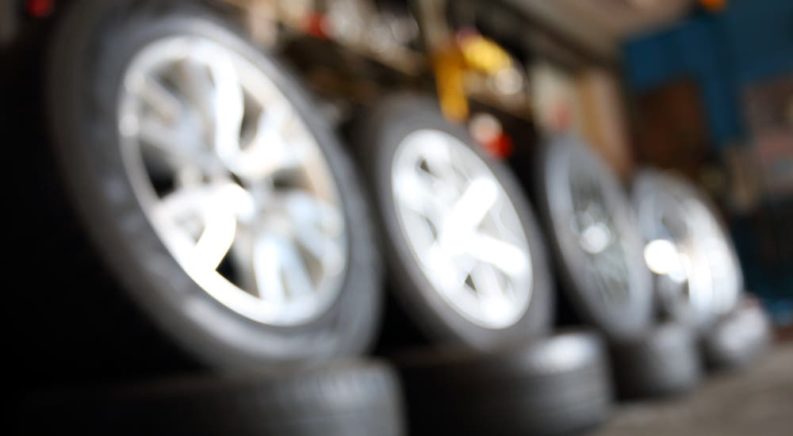Cars are some of the most intricately designed pieces of machinery that humans interact with on a daily basis. Public and personal transportations have grown exponentially over the last several decades. It has reached a point that our ancestors probably never even dreamed of. But what keeps it all running smoothly? Tires. We see them every day on our cars and occasionally when we visit the tire shop. And without a set of functioning tires, the vehicle will not be going anywhere. But how are these essential parts of our transportation made? Today you’re going to find out!
Reinventing the Wheel
Before we dive into the specifics of how tires are made, let’s first jump back in time to Mesopotamia in about 3500 BC. This is when archaeologists hypothesize that the first wheels began to surface. Granted, these were potter’s wheels. They were not used for wagons, chariots, or any type of transportation whatsoever. In fact, it took another 300 years before some genius decided that these round structures would work well for chariots. Similarly, wheelbarrows appeared in Greece around 500 BC, and in the early American days, wheels were commonly seen on toys.
Fast-forward to today, and the wheel has transformed into something modern humans cannot live without having. Fitted to cars, trucks, SUVs, and other modes of transportation, wheels now have tires attached to them.
What Is a Tire?
A tire, by definition, is a durable/flexible rubber casing attached to the rim of a metal wheel. It serves as both a cushion for the wheel’s rim and as a gripping surface for better traction on asphalt. Tires can come in a variety of sizes and strengths. Some are used on aircraft, tractors, forklifts, bicycles, shopping carts, and so much more.
What makes the tires that go on vehicles so special is that they are pneumatic. That means that they hold air inside. The pneumatic tire was first designed with an inner tube by Robert Thomson in 1845. This Scottish inventor was way ahead of his time, and no one really cared about his groundbreaking invention. It wasn’t until the 1880s that the reinvented pneumatic tire became popular with cyclists in Europe.

What Is a Tire Made Of?
Tires can be made using natural or synthetic rubber. A significant number of chemicals are added and heated along with the rubber to create a more durable, resistant product.
Natural rubber comes from the Hevea Brasiliensis – more commonly known as the rubber tree. It’s a white, milky substance (liquid latex) that gets mixed with various acids to cause the liquid to harden. Hydraulic presses are then used to remove the water from the rubber and press it into sheets. The rubber sheets are then dried, sorted into bales, and shipped off more further processing. On the other hand, synthetic rubber is made using crude oil polymers.
You may have noticed something a bit strange. We said that natural rubber is white, but the tires are black. In order to add color to the rubber, carbon black needs to be added. Carbon black is soft powder with a very fine consistency. It becomes a byproduct of natural gas or crude oil when either material is burned with little oxygen. Other ingredients include sulfur and various chemicals that prevent damage from wear and sun exposure.
How Are Tires Manufactured?
In a simple explanation, tires for personal vehicles are made by wrapping several layers of rubber around a metal drum. But let’s look more closely at the process!
- Step #1: The manufacturer needs to formulate the right type of rubber for the specific kind of tire that needs to be made. To do this, they will use rubber, carbon black, sulfur, oils, and various chemicals to concoct the perfect blend. A computerized system measures out exactly how much of each ingredient is needed, and the batch is poured into a vertical cement mixer. Each batch weighs about 1,100 pounds.
- Step #2: The batch is softened by heat and mixed with more chemicals.
- Step #3: The mixture will once again go through a chemical additive process, resulting in the final batch.
- Step #4: After the three steps of mixing, the batch is ready to go through the rolling mills. This process produces thick rubber sheets that are used to make specific parts of the tire. The body of the tire is made of cloth-like fabric stripes that have been covered by rubber sheets. Each strip is known as a ply, and the average car tire uses four plies for the body.
- Step #5: Now, it’s time to make the beads. Using a wire wrapping machine, bundles of wire are formed into rings. Those rings are then covered in, you guessed it, rubber.
- Step #6: For the tire sidewalls and tread, another mixture of rubber is used. This blend has gone through an extra mixing step in the extruder. This process forces the heated rubber mixture through a die to form a rubber layer. Tread rubber is then cut into strips and stored in books, which are simply flat metal cases for transport. Sidewall rubber is protected by a sheet of plastic and rolled up for transport.
- Step #7: Now that the body, beads, sidewalls, and treads are ready, it’s time to move to the tire building machine. A collapsible, rotating drum is situated in the middle of the machine, and its purpose is to hold the tire components in place. Assembly begins with the plies being wrapped around the machine drum, securing the ends with glue. Beads are added in-between the plies and power tools are used to shape the edges of the tire. Lastly, the sidewalls and tread are glued into place.
- Step #8: After removing the “green” tire from the machine, it’s time to begin the curing process. A tire mold with a flexible balloon (bladder) in the center is used to help the tire take on its final form. The tire is placed over the bladder, and the mold is closed. Steam is then used to heat the tire to 280 degrees. This forces the rubber to take the shape of the mold.
- Step #9: Once the curing process is done, the tire is taken out of the mold and cooled. It must undergo rigorous inspection before it can be put on a vehicle.
- Step #10: Tires are inspected for bubbles and voids. They then go through a wheel test where they are inflated and spun. Sensors are used to measure the balance and see if the tire is running straight. Once the tire passes all of the inspection points, it can be distributed to a warehouse and used on automobiles.
Can Tires Come in Different Designs?
Yes! Tires can feature various tread designs. The tread is what comes into contact with the road. Typically, you will see different designs on tires labeled as all-terrain, summer, snow, etc. These are designed for better handling while traveling over specific types of road conditions.
How Long Do Tires Last?
Tires can last for an average of 80,000 miles, depending on your driving habits. If you frequently drive in rough conditions, the tires may need to be changed out sooner. It’s always a good idea to have your tire checked when you go to a mechanic for your routine maintenance.
Tires, Tires, Tires
We all know that tires are an important part of a vehicle. But now you have a better understanding of how vital they really are. Plus, you have learned how they are made, some different design aspects, and how long to expect tires to last. Next time you are in the market for some tires, remember what you have learned – this information could come in handy!

